News Beat
News Beat reporting is an idrw.org initiative to let our Readers to report News Based on Actual facts but some how has not been reported in Main Stream Media .
SOURCE: RAUNAK KUNDE / NEWS BEAT / IDRW.ORG
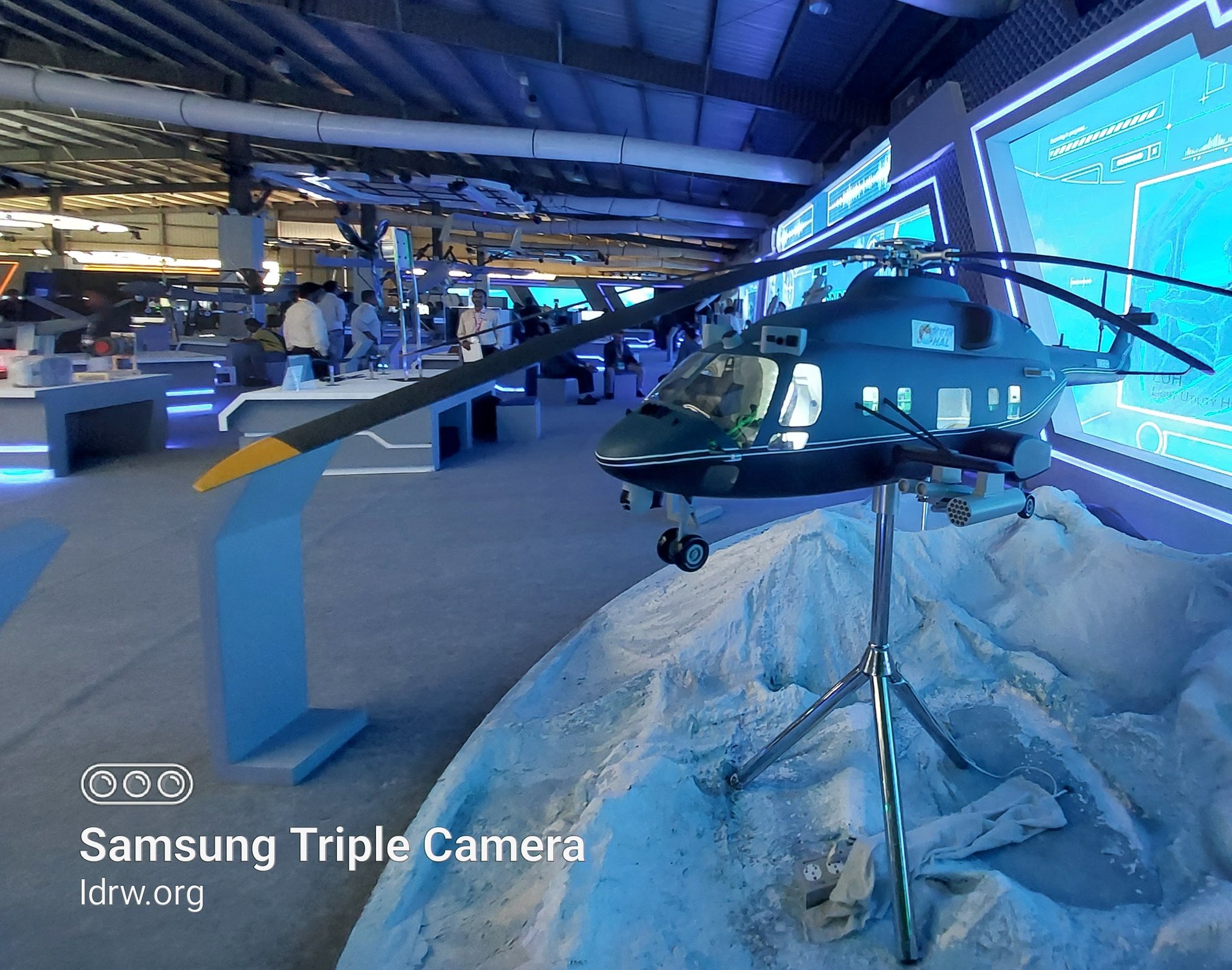
HAL Chairman C B Ananthakrishnan revealed that after thorough discussions with the Indian Army, Indian Navy, and Indian Air Force, the combined requirements for the IMRH stand at 419 units. This new 12-13-ton class medium-weight helicopter is set to replace the aging Mi-17 series helicopters currently in service.
Out of the total 419 IMRH units, 66 are designated as Deck-Borne Multi-Role Helicopters (DB-MRH) for the Indian Navy. These maritime helicopters will feature a higher all-up weight and customized configurations to meet the specific operational demands of naval missions. The remaining 353 IMRH units will be allocated to the Indian Air Force (IAF) and the Indian Army, primarily to replace the Mi-17 series medium helicopters, some of which are nearing obsolescence.
Continue readingSOURCE: RAUNAK KUNDE / NEWS BEAT / IDRW.ORG
The ongoing conflict in Ukraine has underscored the enduring importance of Main Battle Tanks (MBTs) in modern warfare. The use of both old and new MBTs by Russia has highlighted the necessity of maintaining substantial reserves to address the potential for prolonged conflicts, which can stretch over months or even years. This scenario has significant implications for militaries worldwide, including the Indian Army, which ranks fifth globally in MBT numbers.
The Indian Army is currently planning to retire its fleet of T-72 tanks starting in 2035, with a view to placing them in reserve. Recognizing the evolving nature of warfare, the Defence Research and Development Organisation (DRDO) has proposed converting these T-72s into Autonomous Main Battle Tanks (AMBTs). This transformation would enable the Indian Army to deploy these unmanned tanks in high-risk scenarios where the likelihood of their destruction is elevated due to advances in Anti-Tank Guided Missile (ATGM) technology.
Continue readingSOURCE: RAUNAK KUNDE / NEWS BEAT / IDRW.ORG

India’s Hindustan Aeronautics Limited (HAL), a state-owned aerospace giant, is gearing up for the future with plans to adopt a suite of advanced robotics and digital manufacturing tools. This integration aims to revolutionize the design, production, and support systems for their military helicopters, specifically the Medium-class Indian Multi-Role Helicopter (IMRH).
HAL’s embrace of robotics signifies a significant shift towards automation and enhanced precision in helicopter production. Exactly what these “robotics tools” entail remains undisclosed, but they likely encompass robotic arms, automated welding systems, and other intelligent machines capable of performing complex tasks with exceptional accuracy and repeatability.
Continue readingSOURCE: RAUNAK KUNDE / NEWS BEAT / IDRW.ORG
India’s ambitious 5th generation Advanced Medium Combat Aircraft (AMCA) program is nearing a critical milestone. With Cabinet Committee on Security (CCS) approval secured and over $2 billion allocated, the Defence Research and Development Organisation’s (DRDO) Gas Turbine Research Establishment (GTRE) is set to make a crucial call – choosing a co-development partner for the AMCA’s engine.
According to reliable sources to idrw.org, DRDO has concluded most discussions with potential partners – French Safran, American GE Aviation, and British Rolls-Royce. Negotiations focused on intellectual property rights (IPR) and investment terms. DRDO will submit its recommendation to the Ministry of Defence (MoD) based on these evaluations.
Continue readingSOURCE: RAUNAK KUNDE / NEWS BEAT / IDRW.ORG

In a move highlighting proactive strategy, Hindustan Aeronautics Limited (HAL) has begun procuring materials for the Light Combat Helicopter (LCH) Prachand, even before finalizing a contract with the Ministry of Defence (MoD) for 156 units.
HAL Chairman C B Ananthakrishnan recently confirmed that the company has initiated material procurement for the LCH. This proactive approach comes after the MoD requested an RFP (Request for Proposal) for the 156 Prachand helicopters, intended for the Indian Army (90 units) and Indian Air Force (66 units).
Continue readingSOURCE: RAUNAK KUNDE / NEWS BEAT / IDRW.ORG
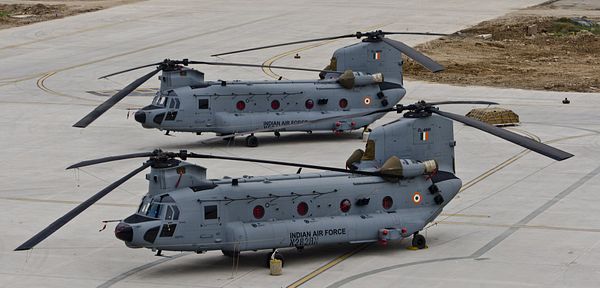
Boeing is strongly pushing to sell additional CH-47F Chinook heavy-lift transport helicopters to the Indian Air Force (IAF). This comes after the successful delivery of 15 Chinooks in 2020 through a $3 billion deal under the U.S. Foreign Military Sales program.
The American aerospace giant is proposing its latest Block II configuration Chinooks to the IAF. The Block II upgrade offers a significant boost in capability, with an additional 4,000 pounds of maximum gross weight and an extended mission radius for most payloads. This translates to increased capacity for transporting troops, equipment, and supplies over longer distances.
Continue readingSOURCE: RAUNAK KUNDE / NEWS BEAT / IDRW.ORG
India’s state-owned Hindustan Aeronautics Limited (HAL) is vying for a central role in the upcoming Multi-Role Fighter Aircraft (MRFA) program. The company aims to participate in the manufacturing of whichever fighter jet is ultimately selected through the tender process.
This stance puts HAL at odds with some Original Equipment Manufacturers (OEMs) advocating for setting up their independent production facilities in India. Notably, Dassault Aviation of France, frontrunners with their Rafale jets, and Saab of Sweden reportedly want complete control over local manufacturing through their Indian subsidiaries, Dassault Reliance Aerospace Ltd (DRAL) and Saab India, respectively.
Continue readingSOURCE: RAUNAK KUNDE / NEWS BEAT / IDRW.ORG
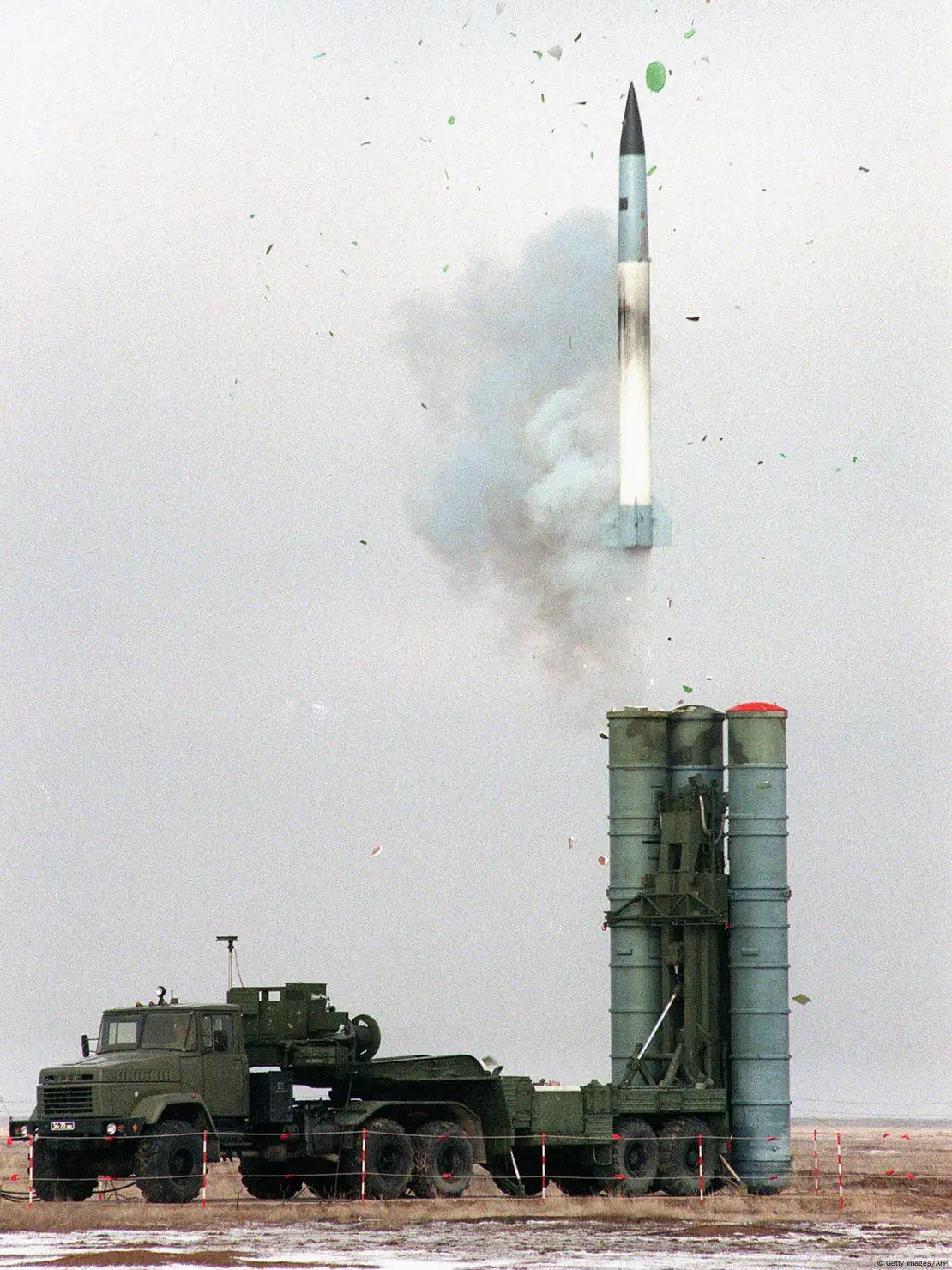
A trove of hacked emails belonging to high-ranking Russian officers has unveiled sensitive information about defense contracts between Russia and India, including the controversial S-400 missile system deal. The 2018 agreement for the S-400 “Triumf” missile systems, signed during Russian President Vladimir Putin’s visit to India, was hailed as a major milestone for the Russian defense industry, valued at over $5 billion. The leaked documents provide unprecedented insights into this landmark deal.
Crucially, the documents confirm that the Indian Air Force (IAF) has acquired all four types of missiles included in the S-400 system. This comprises 96 units of the 9M96E2 with a range of 80-120 km, 24 units of the 48N6E2 with a range of 200-220 km, 24 units of the 48N6E3 with a range of 220-240 km, and 24 units of the 40N6E with a range of 380-400 km. The latter is the longest-range interceptor missile in the S-400 family.
Continue readingSOURCE: RAUNAK KUNDE / NEWS BEAT / IDRW.ORG

India’s Bharat Dynamics Limited (BDL) is embarking on a project to enhance the capabilities of the Indian Air Force (IAF). The company has begun work on an improved version of the existing Long Range Glide Bomb (LRGB), a 500kg inertially guided bomb.
Designated MkII, 500kg inertially guided bomb will incorporate a newly designed wing kit assembly. This modification is expected to extend the operational range of the bomb beyond the current 30+ kilometres.
Continue readingSOURCE: RAUNAK KUNDE / NEWS BEAT / IDRW.ORG
The Indian Army is poised to take a significant step towards modernization with the upcoming issuance of a Request for Proposal (RFP) for over 1,750 Futuristic Infantry Combat Vehicles (FICVs) later this year. This follows a Request for Information (RFI) issued in June 2021, outlining the requirements for these indigenously developed armoured vehicles.
The FICV program, approved by the Defence Acquisition Council (DAC) in 2023, aims to replace the ageing fleet of Soviet-era BMP-1 and BMP-2 infantry combat vehicles. These new FICVs will provide a substantial boost to the Indian Army’s capabilities.
Continue readingSOURCE: RAUNAK KUNDE / NEWS BEAT / IDRW.ORG
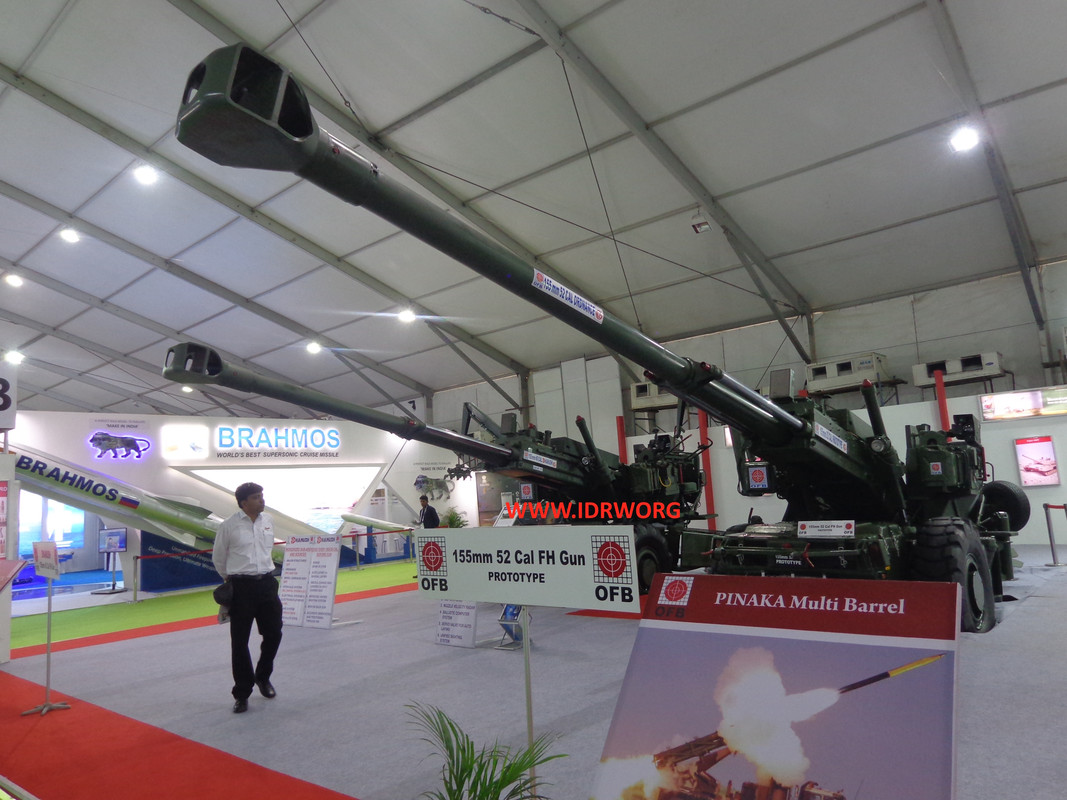
Advanced Weapon Equipment India Limited (AWEIL) is set to significantly ramp up production and delivery of the indigenously developed Dhanush 155mm/45 caliber howitzer to the Indian Army. As part of a larger 114-gun order, the company is committed to handing over an additional 48 Dhanush guns by the end of March 2025.
This development marks a crucial milestone in the Indian Army’s modernization efforts. The Dhanush, an upgraded version of the renowned Bofors howitzer, has undergone rigorous testing and refinement to address initial quality concerns. AWEIL has already delivered 32 Dhanush guns to the Army, with the first batch of six guns inducted in 2019.
Continue readingSOURCE: RAUNAK KUNDE / NEWS BEAT / IDRW.ORG
India’s Defence Research and Development Organisation (DRDO) is making strides to bolster the country’s air defence capabilities. While the development of the VSHORADS (Very Short Range Air Defence System) progresses, DRDO has begun assembling the MPDMS, a more portable variant.
The VSHORADS, designed by DRDO’s Research Centre Imarat (RCI) in collaboration with other Indian labs and industry partners, is a significant achievement. This indigenous Man-Portable Air Defence System offers a 7km range and weighs around 20kg (without the tripod) with a length of 2 meters and a diameter of 90mm. While effective, its size and weight limit easy soldier manoeuvrability.
Continue readingSOURCE: RAUNAK KUNDE / NEWS BEAT / IDRW.ORG

India’s formidable Sukhoi-30MKI fleet is set for a significant upgrade as the Ministry of Defence is poised to give the final green light to a comprehensive modernization program. This ambitious project aims to equip the aircraft with cutting-edge indigenous systems, dramatically enhancing its combat capabilities.
Key areas slated for improvement include the radar, mission computer, electronic warfare suite, cockpit layout, and weapons systems. The upgrade will see the integration of advanced Indian-made components, marking a significant step towards self-reliance in the defense sector.
Continue readingSOURCE: RAUNAK KUNDE / NEWS BEAT / IDRW.ORG
T80J.jpg)
Ashish Rajvanshi, CEO of Adani Defence & Aerospace, has confirmed the ongoing development and testing phase of the RudraM-II air-to-surface missile. On May 29, 2024, at approximately 1130 hours, the missile underwent a successful flight test from the Su-30 MK-I platform of the Indian Air Force (IAF) off the coast of Odisha. Rajvanshi further revealed that additional drop trials are scheduled over the next six months, with the missile expected to be ready for serial production by mid-2025.
The RudraM-II represents a significant advancement in India’s defense capabilities, being an indigenously-developed missile system designed for air-to-surface operations. The missile is powered by solid propulsion and is intended to neutralize a variety of enemy assets, enhancing the operational flexibility and firepower of the IAF.
Continue readingSOURCE: RAUNAK KUNDE / NEWS BEAT / IDRW.ORG
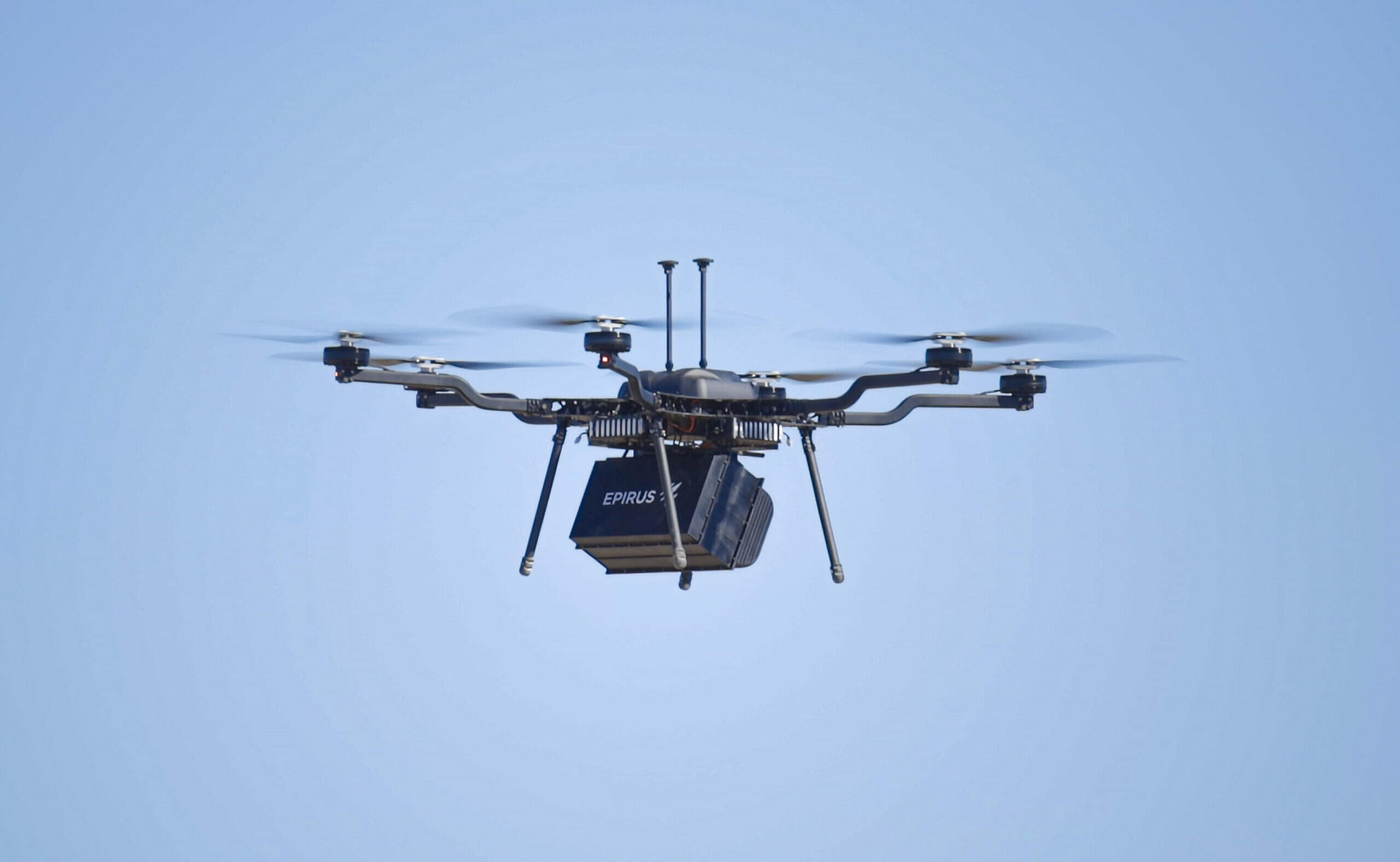
Bharat Electronics Limited (BEL), Hyderabad, is taking a significant leap forward in Electronic Intelligence (ELINT) systems with the development of a drone-based ELINT system. This prototype system marks an important step in bolstering India’s electronic warfare capabilities.
BEL has finalized the system specifications and procured hardware for the ELINT payload for a drone-based system. This initial prototype operates in the 2-18 GHz frequency range. While the current prototype covers a specific range, there’s immense potential for further research and development (R&D) in this domain. The envisioned operational spectrum encompasses a much wider range, from 0.175 GHz to 40 GHz.
Continue reading